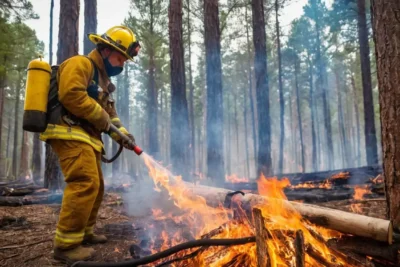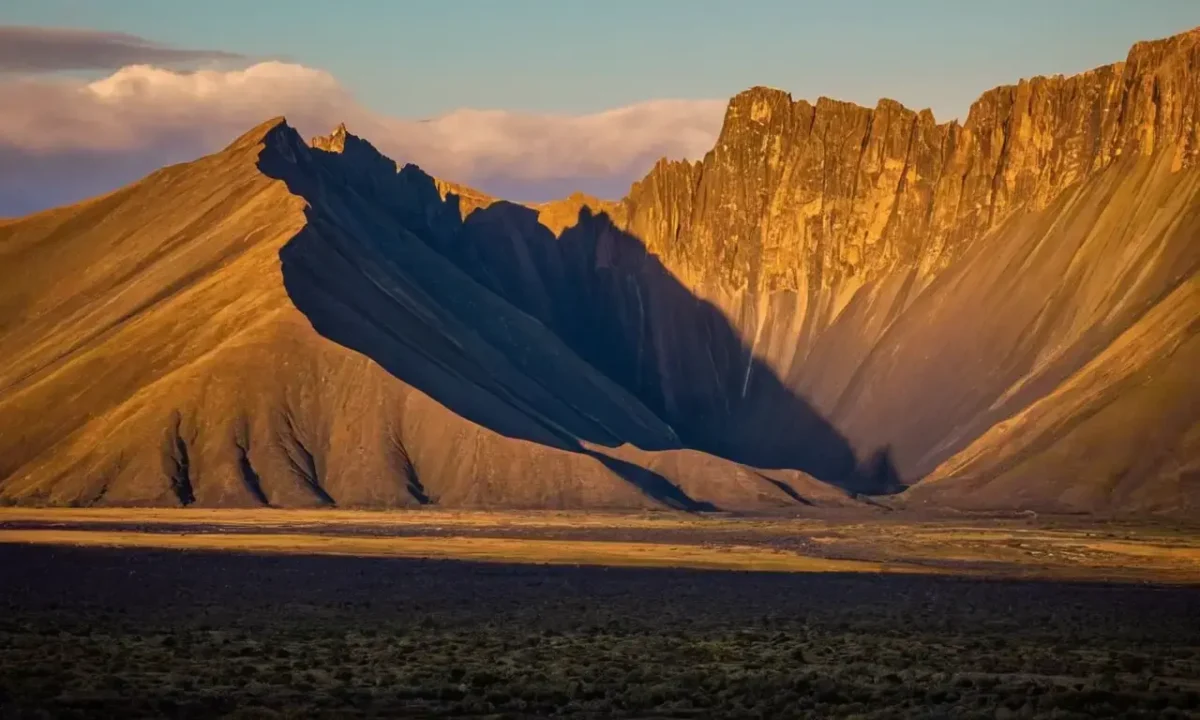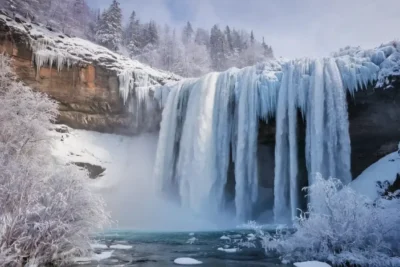
Mountains: Formation by Tectonic Activity

Mountains, those majestic landforms that pierce the sky and captivate our imagination, are not merely static entities. They are dynamic systems shaped by the relentless forces of nature, primarily driven by tectonic activity. The very Earth we stand on is a canvas of shifting plates, constantly interacting and reshaping the planet's surface. This interaction gives rise to mountains, geological wonders that have stood for millennia, their stories etched in rock and time. Understanding how mountains grow requires delving into the intricate dance between tectonic plates, volcanic eruptions, and the relentless force of erosion.
This article aims to provide a comprehensive exploration of mountain formation, shedding light on the processes that give birth to these awe-inspiring structures. We will delve into the interplay of tectonic plates, explore the unique formations associated with subduction zones and continental collisions, and examine the role of erosion in shaping our planet's mountainous landscapes. By understanding these fundamental principles, we can appreciate the dynamic nature of mountains and their enduring presence on Earth.
Tectonic Plate Interactions and Mountain Formation
The Earth's outermost layer is composed of tectonic plates, massive slabs of rock that constantly move and interact with each other. These interactions are driven by the slow but relentless churning of the planet's mantle, a layer beneath the crust. The movement of these plates creates various geological features, including mountains.
Tectonic activity can be broadly categorized into two main types: convergent and divergent boundaries. Convergent boundaries occur when tectonic plates collide, leading to mountain formation. Divergent boundaries, on the other hand, involve plates moving apart, resulting in the creation of new crustal material. These interactions are responsible for shaping the Earth's topography and creating a diverse array of geological formations.
Subduction Zones and Volcanic Mountains
One of the most dramatic examples of tectonic activity leading to mountain formation is found in subduction zones. Here, one tectonic plate dives beneath another, often denser oceanic plate sinking into the mantle. This process creates immense pressure that melts rock, generating magma. As this magma rises through the overlying plate, it erupts onto the surface, forming volcanoes.
The most iconic example of a volcanic mountain range is Mount Fuji in Japan. This majestic peak was formed by the subduction of the Pacific Plate beneath the Eurasian Plate, resulting in the eruption of numerous volcanic cones over millions of years. The combination of tectonic forces and volcanic activity has sculpted the landscape into its present form, making it a testament to the power of nature's processes.
Continental Collision and Fold Mountains
Another significant contributor to mountain formation is continental collision. When two large landmasses collide, their immense force causes the Earth's crust to buckle and fold. This process creates folds in the rock layers, forming what are known as fold mountains. The Himalayas, a prime example of this phenomenon, stand as a testament to the power of tectonic forces.
The collision between the Indian Plate and the Eurasian Plate has been ongoing for millions of years, resulting in the formation of the towering Himalayan range. As these plates continue to converge, they exert immense pressure on the Earth's crust, leading to the uplift of landmasses and the creation of some of the world's highest peaks. The process is not only responsible for mountain formation but also plays a crucial role in shaping the climate and biodiversity of regions affected by these collisions.
The Role of Erosion in Shaping Mountains
While tectonic activity lays the foundation for mountain formation, erosion plays a vital role in shaping their final form. Over millions of years, wind, rain, ice, and flowing water act as agents of change, carving away at mountainsides and sculpting valleys. This continuous process of erosion has significantly altered the landscape over time, creating diverse features like canyons, gorges, and plateaus.
The erosive power of rivers is particularly evident in areas with high rainfall or where tectonic activity has created steep slopes. Rivers carve through rock formations, widening their channels and transporting sediment downstream. Over millennia, this constant flow of water can dramatically alter the landscape, shaping valleys and carving out canyons that stand as testaments to the relentless forces of nature.
Examples of Major Mountain Ranges
The Earth's surface is dotted with numerous mountain ranges, each a unique testament to the interplay of tectonic activity and erosion. Some of the most prominent examples include:
- The Himalayas: The highest mountain range in the world, formed by the collision of the Indian and Eurasian plates.
- The Andes: Stretching along the western coast of South America, these mountains are a product of the Nazca Plate subducting beneath the South American Plate.
- The Alps: A prominent mountain range in Europe, formed by the collision of the African and Eurasian plates.
- The Rocky Mountains: Spanning North America from Canada to Mexico, these mountains were formed by the ongoing collision between the Pacific and North American plates.
These diverse ranges showcase the variety of geological processes that contribute to mountain formation, highlighting the dynamic nature of our planet's landscape. Each range has its own unique story to tell, shaped by tectonic forces, erosion, and the passage of time.
Future Evolution of Mountain Systems
The evolution of mountains is a continuous process, with ongoing tectonic activity and erosion shaping their future form. While some mountain ranges may experience further uplift due to continued plate collisions, others will likely continue to erode under the influence of weathering processes.
Understanding these long-term changes in mountain systems is crucial for predicting their future evolution. Scientists use various techniques like GPS monitoring and geological surveys to track these changes and predict how mountains might respond to ongoing tectonic activity or climate change. This knowledge helps us understand not only the present state of our planet's landscapes but also its potential future.
Conclusion
Mountains are more than just majestic landforms; they are dynamic systems shaped by the relentless forces of nature. From subduction zones and continental collisions to the erosive power of water, each process plays a crucial role in shaping these geological wonders. Understanding how mountains grow requires appreciating the intricate interplay between tectonic activity, erosion, and the passage of time.
By studying these processes, we gain valuable insights into the Earth's dynamic nature and its impact on our planet's landscapes. As we continue to explore and understand these systems, we not only deepen our appreciation for the natural world but also contribute to a more sustainable future by learning to coexist with the ever-changing face of our planet.
Leave a Reply





Related Links